Asvid Balleza
2018

Built my first websites in middle school using Microsoft FrontPage. What began as creative experimentation quickly became a passion for solving real problems through digital design and structure.
Graduated from Universidad Regiomontana with a Bachelor’s in Digital Graphic Design. Developed a foundation in communication, interaction, and digital production, skills that would later evolve into user experience strategy and product thinking.
Joined as the first team member and led the transformation from static pages to responsive, CMS-powered digital products. Designed mobile apps and platforms using Bootstrap and Semantic UI for industrial expos across LATAM.
▶ Initiated my journey into AI, using it to automate exhibitor catalog content filtering and streamline searchability. Also explored AR prototypes to enhance customer engagement at in-person events, merging physical and digital experiences before it was mainstream.
Contracted to enhance B2B platforms in the industrial event space. Introduced UX best practices, improved flow architecture, and designed responsive experiences tailored to highly specialized user needs.
Founded a UX and digital research studio for SMEs in Mexico and LATAM. Directed branding, digital strategy, and service design projects. Earned an ISACA Cybersecurity certification, incorporating a security-first lens into my design process.
Began formal studies in language ontology and human behavior to better understand how people think, communicate, and decide. These insights now inform my work in design leadership, stakeholder facilitation, and mentoring.
Guided the agency’s evolution into a full-stack digital consultancy. Led UX architecture, digital transformation, and event strategy—merging creative leadership with operational impact.
Redesigned internal tools for Verizon’s Change Management platform. Improved usability, streamlined complex workflows, and collaborated across product and engineering to enhance enterprise operations.
Led UX design for mobile experiences including MyPolicy and SmartTrek, driving engagement through personalized onboarding and behavior-based features. Worked cross-functionally in Agile environments to refine and ship user-focused insurance products.
At Visa, I played a key role in unifying fragmented B2B products into a cohesive, scalable platform. I worked closely with VPs, product leaders, and business stakeholders to align UX strategy with enterprise goals.
Contributed Atomic Design–based patterns and usability standards to the global design system, earning recognition from the Design System Director. I also led the integration of AI-powered features, including predictive workflows and personalized dashboards—translating complexity into intelligent, user-centric tools.
This role brought together everything I had been building—from early AI experiments and design systems to platform strategy, scale, and global impact.
“Asvid brought a sharp, modern approach to mobile design that elevated the entire experience, she has a deep understanding of mobile-first principles and was instrumental in aligning our app with best-in-class design standards. Thanks to her thoughtful, user-centered work, we saw a 50% increase in AutoPay enrollments over the following year, a change that directly supported customer retention and satisfaction.”
“She is a natural collaborator who brings designers, developers, and stakeholders together, ensuring alignment and momentum even as project requirements evolve. Asvid’s ability to stay agile, offer actionable suggestions, and always prioritize the customer experience made a measurable difference in our project’s success. Her mastery of UX research, service design, and design systems sets her apart. Beyond her technical strengths, Asvid is proactive, detail-oriented, and always elevates the team with her innovative ideas and positive energy.”
Asvid is a versatile designer who has a gift for working with development teams. She was part of a scaling design team within Visa and supported many products across a B2B portfolio, quickly getting up to speed and building relationships with product, tech, and research. She is committed to her growth as a designer and a person, and would shine in many different types of UX organizations. I appreciated our time working closely, and her advocacy for end users when she was the only UX voice at the table.
“…Asvid demonstrated a high level of skill in applying UX principles and methodologies to deliver tailored, effective solutions. Her work reflects a clear understanding of each client’s needs, combined with an ability to integrate the latest innovations to expand customer and user engagement… Since that engagement, I have continued to rely on Asvid as a trusted advisor for design and UX strategy. Her people-focused approach is an important element for success in our rapidly evolving business landscape.”
“Asvid brought fresh, innovative perspectives that effectively doubled our collective experience. She excels in UX & UI, adeptly managing complex projects and excelling in responsive design. Her proficiency with tools like Bootstrap, Figma, and Adobe XD greatly enhanced our project outcomes, improving both user experience and functionality.”
User Experience (UX) Design
Service design
User Research
Heuristic Evaluations
Design systems
Prototyping
User acceptance testing
Optimization
Design thinking

AI Agents Management
Copywriting

ROI Projection

Information Architecture Diagrams
WordPress, Joomla, WooCommerce, Shopify among other CMS Management
Iconography

Human-centered, tech-enabled: I integrate UX research with AI/ML capabilities to uncover insights, personalize experiences, and streamline interactions at scale.
Enterprise discipline meets startup agility: I navigate complexity, whether harmonizing legacy systems or accelerating growth through lean, user-driven design.
Outcome-oriented: From increasing operational efficiency to improving NPS, my work is anchored in performance and user value.
AI & ML in UX: Led initiatives leveraging AI for predictive user flows, behavioral clustering, and content personalization, enhancing both usability and engagement.
Improved usability and operational workflows across B2B platforms, cutting task time by over 80% through UX redesign and automation integration.
Continuous iteration: I’m always learning, exploring new tools, trends, and technologies to push the boundaries of what design can do.
I’m passionate about transforming digital ecosystems, whether through AI-powered insights, service design, or building future-ready platforms.
If you’re looking to: